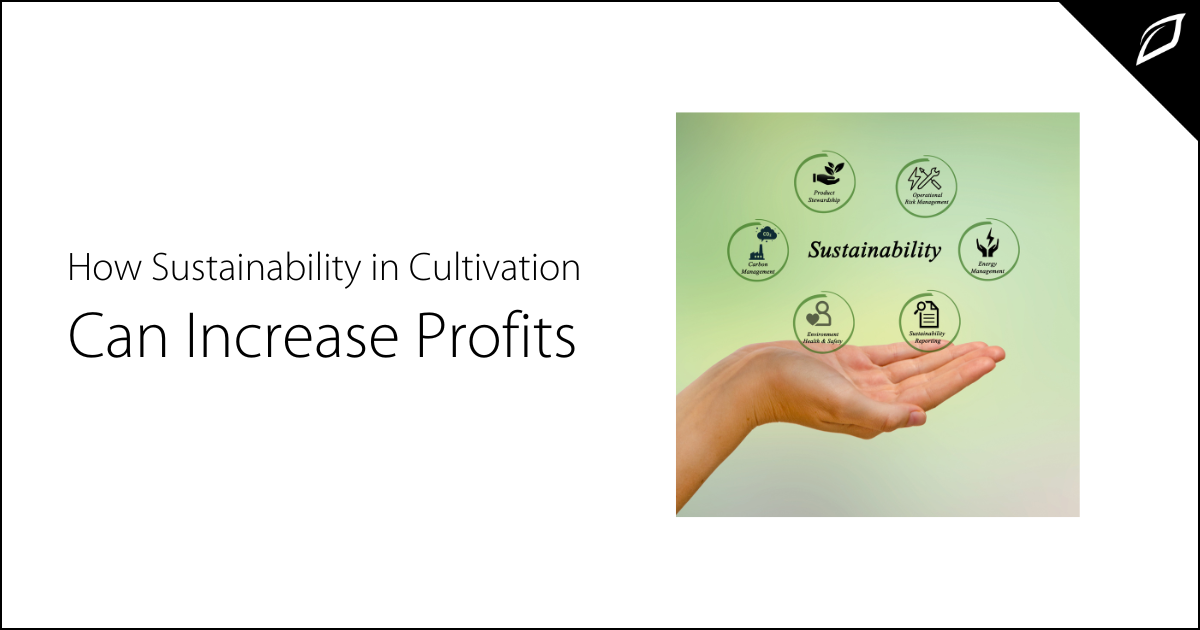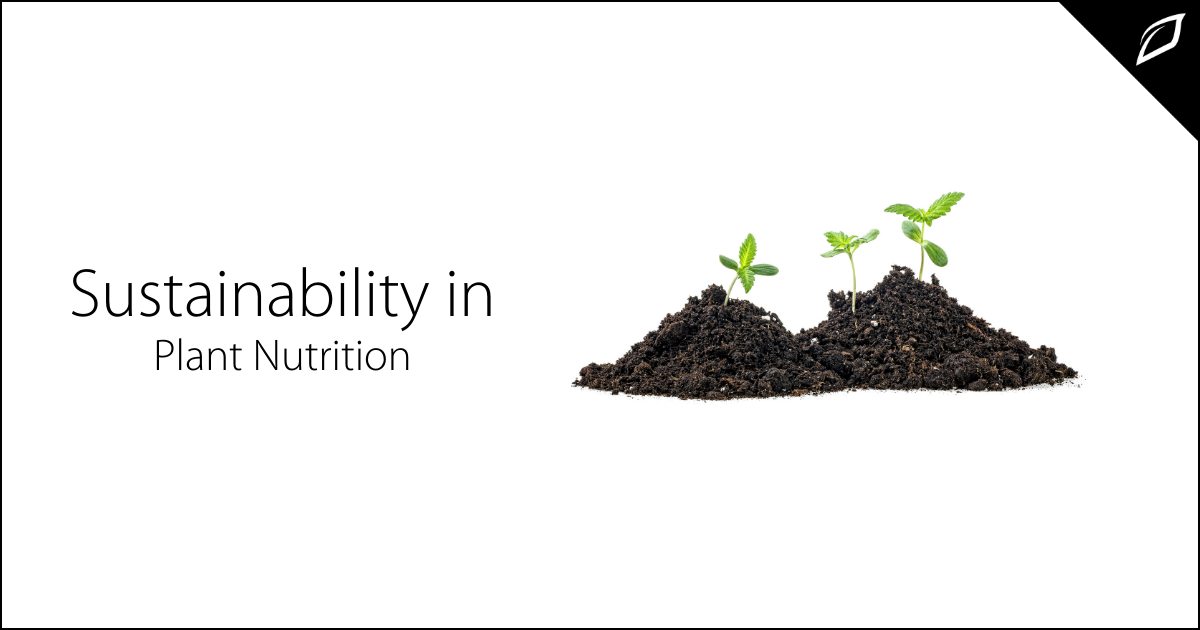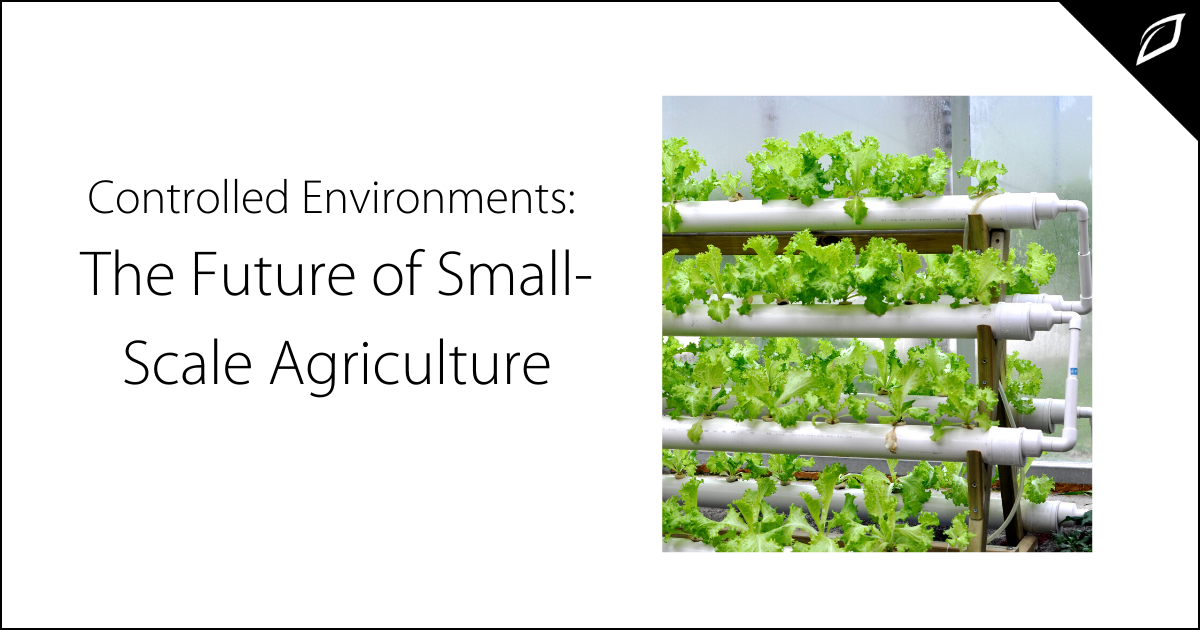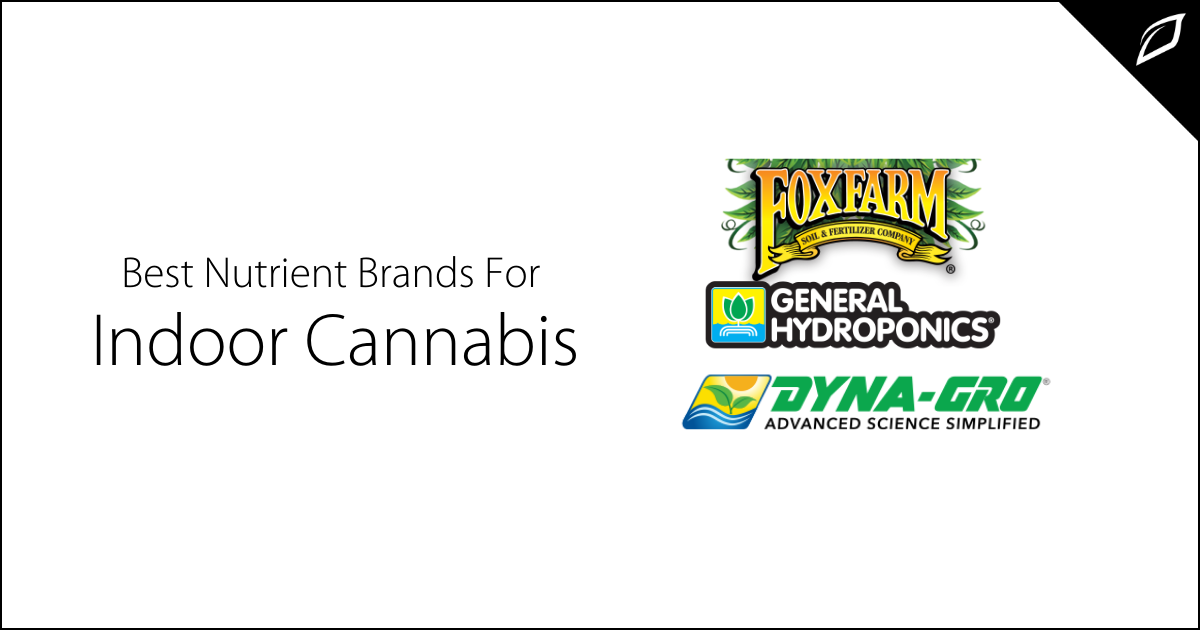Sustainability in Plant Nutrition
Have you considered the nutrient source you are feeding your plants? There are so many things to consider when planning your grow strategy, and...
3 min read
Joy King : Oct 17, 2022 1:47:17 PM

Sustainability in cannabis is a great sound bite in media, blogs, and marketing materials, but business owners need to make a profit and thrive. Can you be sustainable and profitable? Let us look at ways to improve profitability through sustainable business practices.
What is sustainability in cannabis cultivation?
The official Wikipedia definition of sustainability is that it "meets the needs of the present without compromising the ability of future generations to meet their own needs." As it pertains to cannabis, it means everything from recycling programs, saving resources, using sustainable packaging, reducing harmful chemical usage, etc.
We will examine sustainability in the cultivation. How and why we grow the way we do impacts our profitability and how sustainable our business practices are. Let's examine ways your business can increase sustainability while increasing profits at the same time.
Planning
The best way to embrace sustainability in your cultivation facility is to hire an expert architect who can build sustainability methods into the building design. Whether that's a greenhouse/indoor grow hybrid that offers the ability to harness the power of the sun or a Rockwool recycling program, understanding your options is key.
We asked Sam Andras, the EVP of Professional Services from Urban-Gro, to give us insight into how planning ahead can increase profits while reducing a company's carbon footprint. "Sustainability in controlled environmental agriculture comes in a wide variety of options. An experienced architect and design team can provide detailed information such as equipment and installation costs, operational savings, maintenance costs, and availability to assist owners in making informed decisions. Many sustainable solutions will lower a company's OpEx and thereby become a part of the evaluation criteria." Sam has worked in the industry for decades and brings real world experience and business acumen to the company. Urban-gro guides your team through a highly coordinated, efficient process of facility design, engineering, start-up, and managed services.
Waste
Waste is any substance discarded after primary use and potentially one the largest single area for sustainability improvement. Everything your cultivation facility throws away as trash is waste, but does it have to be? Can you recycle some of the waste? Can you buy reusable foot covers? Can you reuse plastic pots? You may find ways to adjust your buying habits by looking at your waste. Examine ways your waste can evolve into becoming a cost-free resource.
Resources
Resources are essential elements of a business. Resources are distinguished as renewable or nonrenewable. Nonrenewable resources have a limited supply. Maximizing your efficient use of both renewable and nonrenewable resources is paramount to increasing sustainability. Let's break down the resources you may be able to adjust to make your cultivation facility sustainable while saving money.
Sustainable operations rely less on global supply chains, making sourcing more efficient.The lasting savings of energy-efficient cultivation systems pay for themselves eventually. Consumers support businesses through their buying power. If sustainability is a core value, tied to your brand, allow sustainability to bring consumers to you and your products. To get a deep dive into cannabis sustainability, check out this e-book from our friends at MJBizCon!


Have you considered the nutrient source you are feeding your plants? There are so many things to consider when planning your grow strategy, and...

Many experts believe small-scale agriculture is the future of growing. For those who choose that path, success may be closely tied to controlled...

Plant nutrients or fertilizers mimic the natural amount of nutrients found in soil, often with some added benefits. Since growing cannabis indoors is...